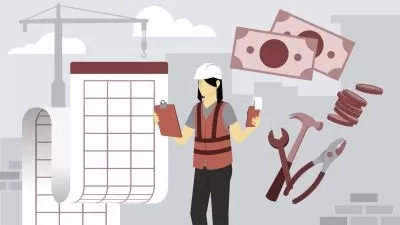Construction Management: Lean Strategies for Improvement
Jim Rogers
1:07:01
Description
Improving productivity in the construction industry is a popular topic. Most statistics show that construction has shown little to no improvement in productivity in decades. From conception to hand-off, the industry still struggles to remain on-budget and on-schedule. In this course, Jim Rogers addresses these shortcomings by focusing on the concept of project throughput, instead of point speed. Jim shows that by focusing on flow instead of the speed of individual trades or tasks, we can begin to eliminate two of the biggest sources of waste on a construction project: rework and downtime. Join Jim as he shows you: how rework contributes to excess cost expenditures on a project and negatively impacts the construction schedule; how to integrate pull planning with critical path method scheduling; the difference between complicated and complex tasks; common sources of down-time on a construction project; examples of how digital workflows can improve collaboration and flow; and more.
More details
User Reviews
Rating
Jim Rogers
Instructor's Courses
Linkedin Learning
View courses Linkedin Learning- language english
- Training sessions 20
- duration 1:07:01
- English subtitles has
- Release Date 2023/09/03








![Construction Sequence of a Real Life Project [Crash Course]](https://traininghub.ir/image/course_pic/28616-x225.webp)











